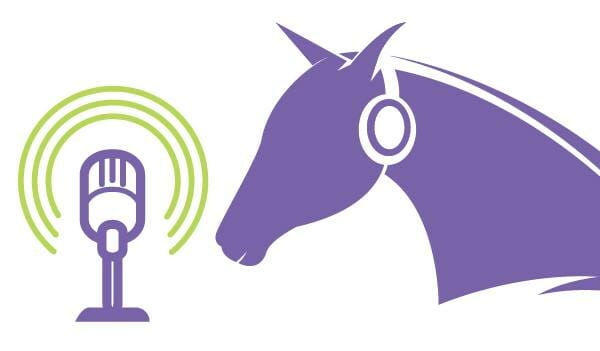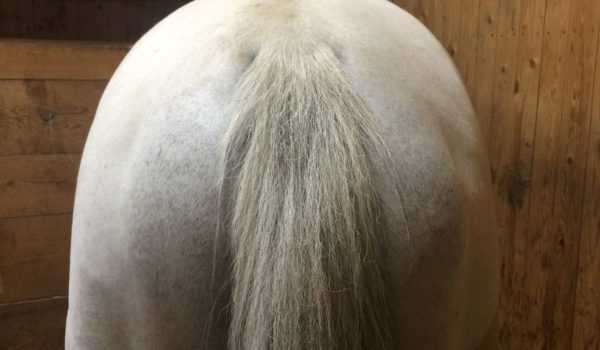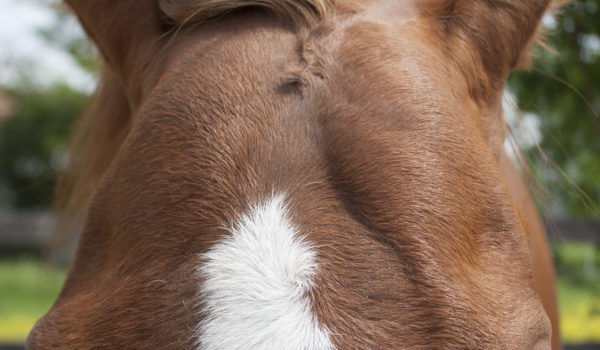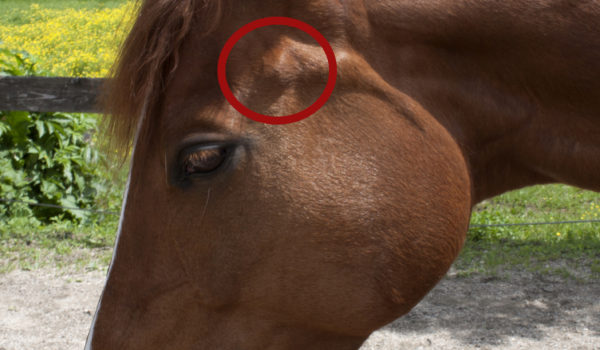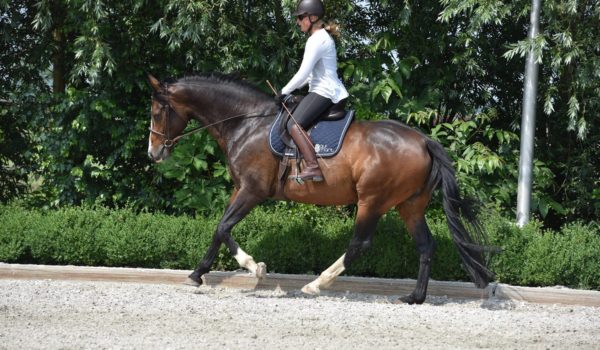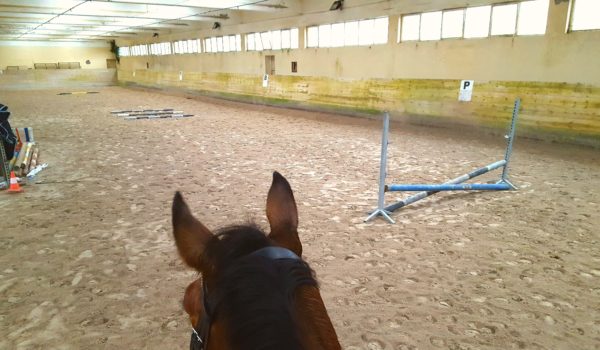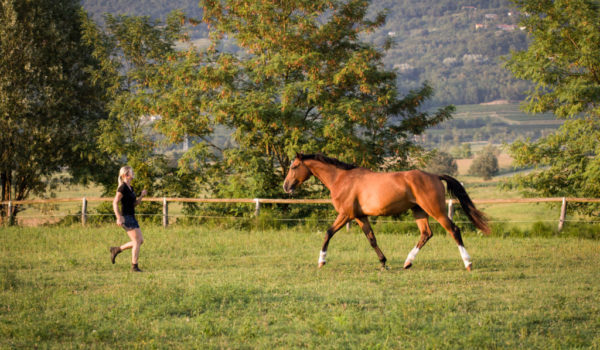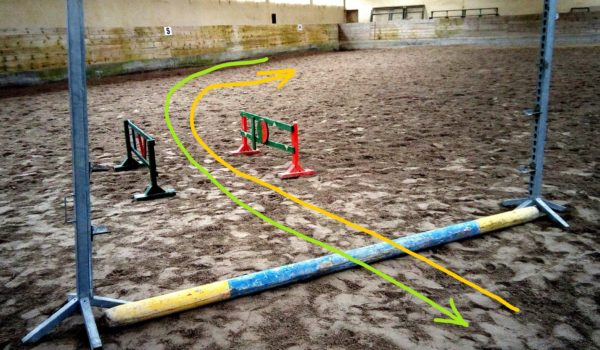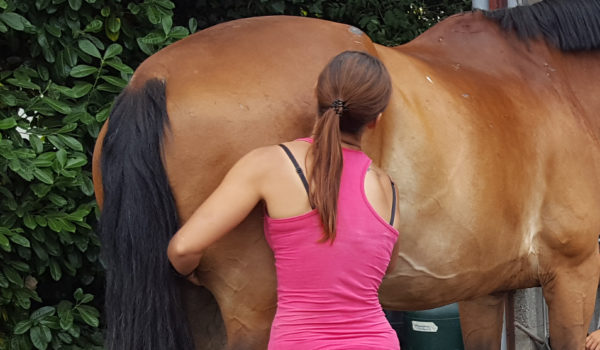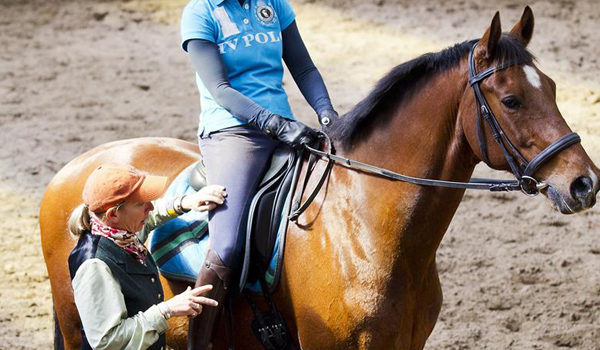ASYMMETRY IN HORSES
Every horse is asymmetrical and so is every rider, but what are the implications of these asymmetries? In this post, Katja Porenta discusses asymmetries and advises on what to do when faced with this issue.
The Temporomandibular Joint – Part 1
When it’s not working as it should, the temporomandibular joint can impede the horse’s ability to carry himself correctly and in the long run it can even cause lameness. In this post, Katja Porenta shines some light on this joint, which tends to get less attention than it deserves. Part two of this post is available for members, and discusses symptoms of TMJ and offers some tips for resolving and preventing TMJ issues.
Canter Work for Horses with Kissing Spines – Yes or No?
Kissing spines has become a very prevalent diagnosis and there is a staggering number of horses living with this condition. In most cases the kissing spines horse can still work, but veterinarians generally recommend some modifications to the horse’s work routine. One piece of advice that is quite common is to do a lot of canter work, which is said to be good for the horse’s back. In this post, Dr Karin Leibbrandt asks if this is true and if so, why?
Using Props to Improve Movement – Part 2
The second part of a 2-part blog post on using props in the arena to improve movement, Part 1 is a general introduction to props. Part two takes a more detailed look at ground poles and cavalletti for better biomechanics.
Using Props to Improve Movement
Part 1 of a 2-part blog post on using props in the arena to improve movement, Part 1 is a general introduction to props. Part two takes a more detailed look at ground poles and cavalletti for better biomechanics.
The Trouble with Gelding Scars
Gelding scars can cause significant trouble for the horse, but we don’t always consider the impact of this seemingly simple procedure.In this post, Diane Isbell DVM explains how gelding scars form; how to identify possible problems arising from scar tissue; and what to do if your horse is affected by this issue.

